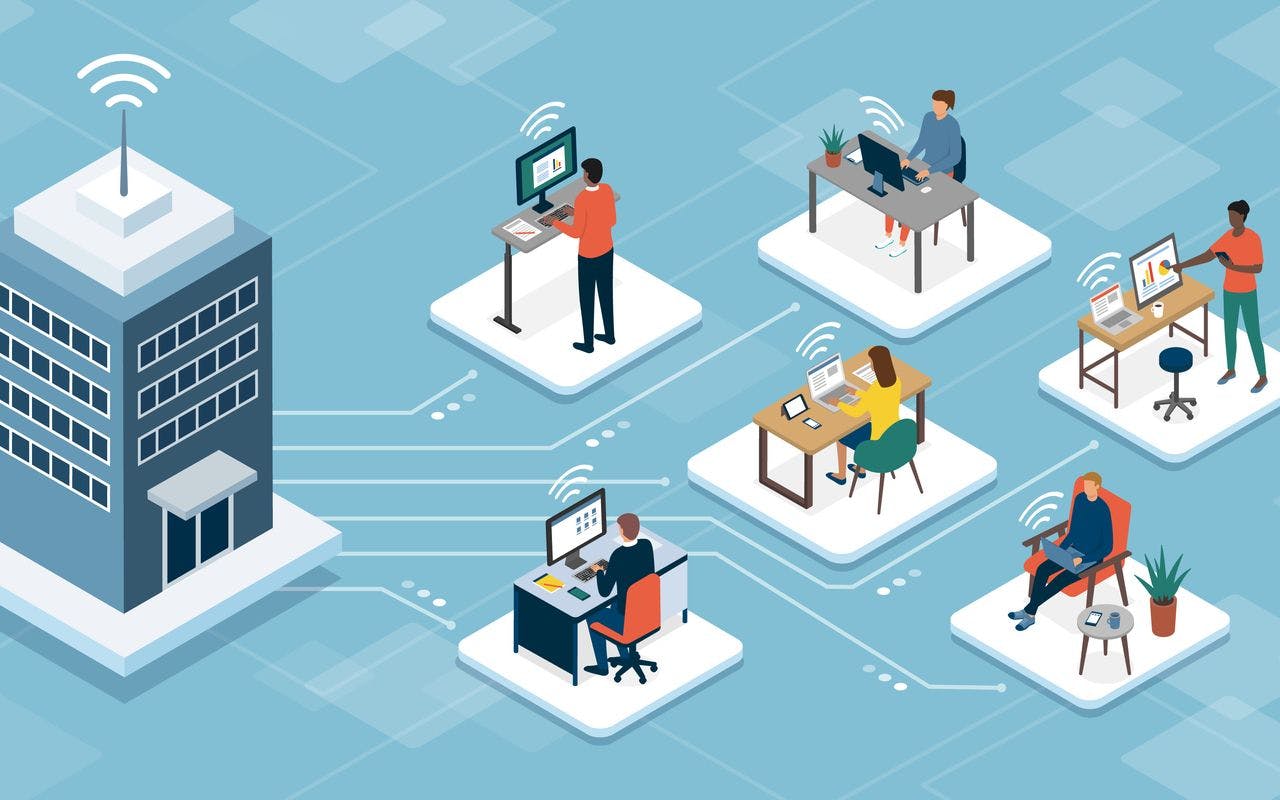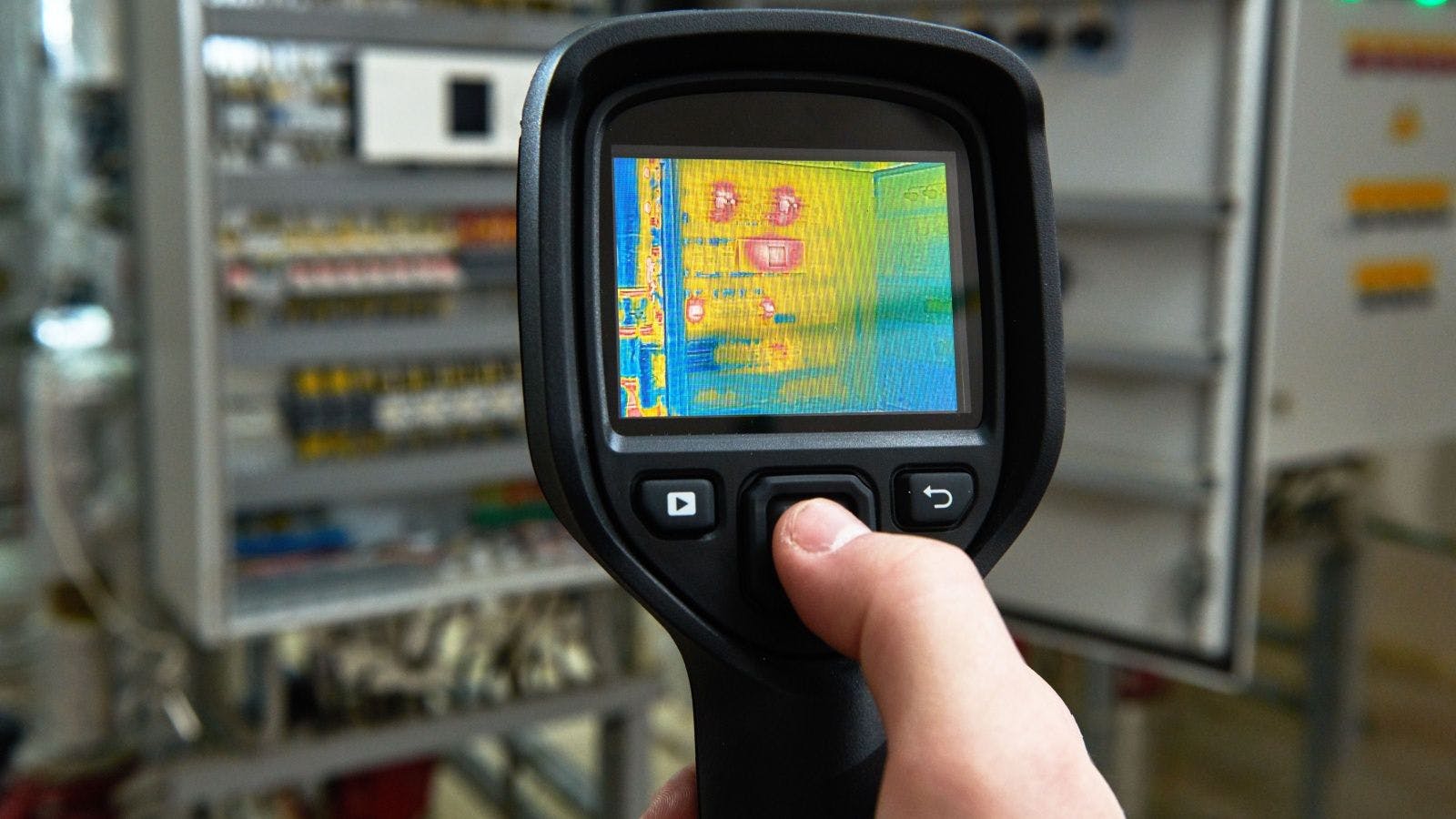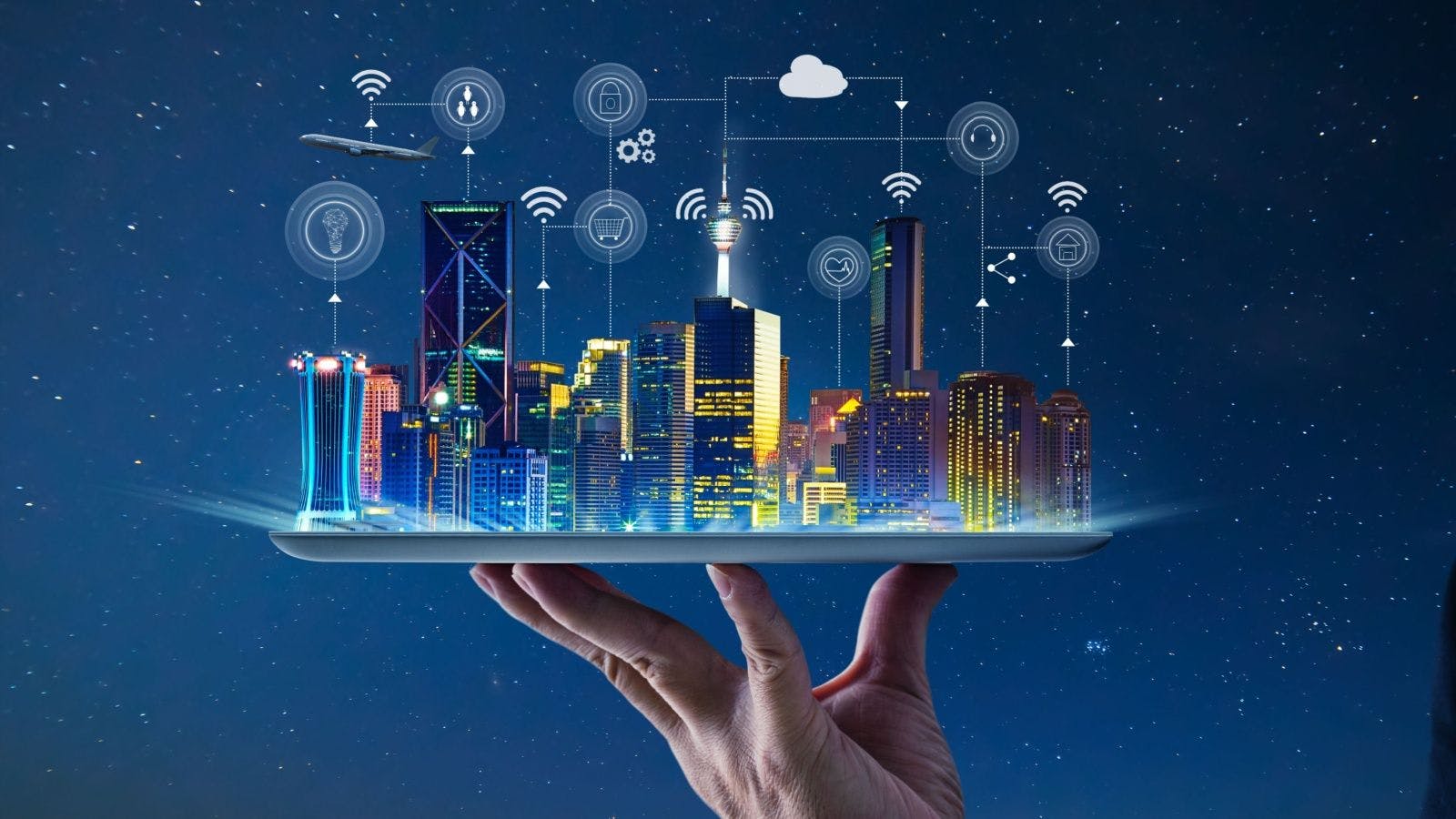
Hybrid Construction Is the Future of the Industry
The massive shift from working in offices to working in homes has been happening for some time as technology has advanced, and the pattern was massively accelerated by the COVID-19 pandemic.
Generally, this force—sometimes called remote work or hybrid work—is shifting work patterns for people with so-called “desk jobs.”
What’s surprising is that this trend has deeply affected the real-world industry of construction too—and it looks like this trend is here to stay. Hybrid work has emerged as an unlikely winner in the construction industry, as digital tools usher in a new era of offsite collaboration.
Before COVID-19, remote work was very rare in construction. This stands to reason: construction is about being “out there” on the site, getting things built. In a recent survey, 52% of respondents said their field teams always worked onsite pre-pandemic. But this agile new way of working quickly proved to be essential when the pandemic forced construction professionals to adapt their processes.
Teams had to find a way to keep jobs moving even when the number of people onsite had to be drastically reduced and carefully monitored. What’s more, data indicates that the benefits of hybrid construction extend far beyond the necessities of the pandemic, even as social distancing restrictions have been lifted.
What’s driving this newly discovered appreciation for remote work options in the industry? Cutting-edge tech capabilities are enabling contractors to manage jobsites digitally in tandem with in-person construction staff, saving both time and money. Newer technologies can digitize the site and bring it to anyone, no matter where they are physically located. It comes as no surprise, with this in mind, that 95% of construction companies in an OpenSpace survey cited technology as critically important to continuing remote work in the future.
Moving forward, hybrid work—enabled by technology—will empower construction companies to bring the jobsite to stakeholders who aren’t physically present, even as the pandemic recedes. According to the same study, an unprecedented 92% of construction companies indicated they will continue supporting remote work in the future. The reason is that hybrid work has a lot to offer to the construction industry, including improved transparency and collaboration, better work-life balance and easier recruitment and retention of employees.
Improving Transparency and Collaboration Without Having to Be Onsite
One of the benefits of hybrid construction is that it provides project teams excellent transparency into site status and it streamlines communications (since people who aren’t physically present can stay up to date visually and be empowered to make decisions). Improved transparency has advantages extending beyond hybrid work, too. Rework stats are estimated to account for 4%-6% of the total project cost. Any improvements in communication and the ability to easily stay on the same page are immensely valuable.
What does this look like in practice? Visual imaging tools can serve as a single source of truth for site status, while cloud-based project management software can enable asynchronous and synchronous collaboration. This single source of truth is so important, and it just hasn’t been available until recent technological advances in computer vision, AI and cameras.
When questions arise from walkthroughs, key stakeholders can all rely on the same information to base their decisions on, without needing to visit the site in person for every single issue. Disputes about work completed or design elements can be easily resolved between trades before they get out of control, and decisions about site changes can be made quickly and with confidence. Paradoxically, jobsite timelines can progress even faster with hybrid work due to the ability to team up from anywhere at any time, digitally.
The OpenSpace survey showed that 80% of construction companies are maintaining or increasing their productivity amid the remote work shift, even though before the pandemic, 86% of field workers rarely worked remotely or never did. The rapid adoption of hybrid construction, without negative impacts on productivity, also speaks to the fact that this new way of working is here for the long haul.
There’s no replacement, of course, for being on the jobsite for some decisions. But it’s easier to get things done if every stakeholder onsite for every decision. Convenience wins in the end—whether it’s not having to make a cross-country plane flight, a trip across town or even the long walk from the trailer to floor six of the jobsite. Smart contractors are unlikely to go back to the old way of doing things.
Improvements for Construction Talent
Another benefit of hybrid construction is that, by decreasing the number of site trips needed, field workers can enjoy a better work-life balance. Improved work-life balance lends itself to higher productivity, which can further help teams stick to target costs and timelines on jobs. It can also help with employee retention, which is top of mind for an industry that’s still experiencing a labor shortage. Much of the industry will be familiar with the incredibly long commutes teams make from their homes to the site, especially in major metro areas; saving even one day every week or two is a massive benefit.
This pivot to digital collaboration also has implications for more fruitful talent acquisition, as expanding hiring beyond the geographic area of the construction site attracts a more talented and versatile workforce. Traditionally, the construction industry has been tethered to a local talent market, since crew members only had one option for collaboration: onsite. By shifting to hybrid construction, companies have tremendous potential to attract and retain new talent and new ideas. Remote work also helps companies put their best workers on more jobs since they save time on travel and can weigh in on decisions without being physically present.
The Hybrid Construction Future
Although hybrid work was uncommon in construction just a few years ago, the rapid and successful adoption of technology has paved the way for a new way of working. Construction firms are coming to appreciate and rely on the ease of use offered by these new technology solutions, which means they will continue to be in high demand for the foreseeable future. As one highly experienced superintendent said, in reference to these new remote collaboration technologies, “Using these tools is like when you signed up for Netflix for the first time. Once you did that—well, you’re not going back to Blockbuster Video.”
Related stories








